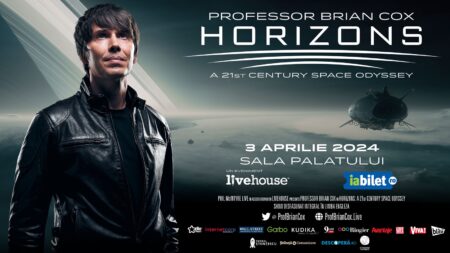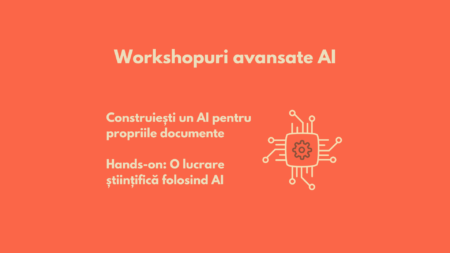"Public understanding of science" is a phrase most often interpreted as a duty of researchers to "educate" the public about the basics of science or technological advances. I have written more extensively about this here. It is also called "scientific literacy", but in the literature we refer to the "deficit model" of science communication.
It is based on the fact that the public has comprehension gaps, i.e. gaps in scientific information (even truths) that they should not have. At the opposite end of the communication spectrum is the scientific community, which has all the information and "all the truth". Thus, the role of communication in the 'deficit model' is to 'fill in the gaps' of the audience by appealing to the knowledge of the scientific community. The purpose of science communication from this point of view would be educational, almost didactic.
Communication initiatives tailored to the "deficit model" have led to several decades of communication projects, actions and expenditures In the United States, for example, the National Science Foundation funded the science show "NOVA", broadcast on public television. The creation of science popularisation magazines has been encouraged. The need for communication has become a "toxin" present in all the well-meaning discourse of scientists around the world. The leading scientific associations in the US and UK - The British Association for the Advancement of Science (BAAS) and The American Association for the Advancement of Science (AAAS) - have given awards for promoting science to the public, not only to those individuals who have made a significant contribution to communicating science, but also for encouraging individual scientists to cooperate with journalists, to give public lectures in the community, to volunteer their time to science museums, and generally to explain their research to society as much as possible.
But looked at from another point of view, these communication initiatives have also failed. Voters are more sceptical, more probing and more suspicious than ever before.
The "deficit model" has also been illustrated during the debate on genetically modified organisms. In theory, a public with a better understanding of the science behind genetic modification should have been more tolerant of GM foods, while a less informed public would have been inclined to be more worried and fearful. In reality, things turned out differently. In Europe, where the scientific literacy rate is the highest in the world, GM foods have been much more criticised and scrutinised than in the United States, where the average level of scientific literacy is lower.
Moreover, in communication theory, the "deficit model" presumption had long been proven ineffective. The "deficit model" of communication science corresponds, in communication science, to the "magic bullet theory", developed around the 1930s and abandoned about a decade later. The 'bullet' metaphor was used to represent the immediate, uniform and direct impact of media messages (like a bullet fired from a 'media' gun directly into the public mind). The theory was quickly challenged by studies by Paul Lazarfeld and Herta Herzog, who showed that public reactions to media messages are diverse and dependent on pre-existing attitudes and context.
Perhaps the reason for this failure is the somewhat egocentric way in which the scientific community has approached the problem of understanding science. The exponents of this way of seeing things believe that society should think like them, have a basic understanding of chemistry, mathematics or biology, be rational, not emotional and so on. Basically, communication based on the "deficit model" aimed to get the public to think more like scientists and less like the public.
Read more:
Wilson, Anthony (Editor), "Handbook of Science Communication", Taylor & Francis, 1998
LaFollette, MarcelWhy "more" is not necessarily better: Strategies for communication of science to the public," Accountability in Research: Policies and Quality Assurance, 5:1-3, 1-15, 1997.
Cribb, Julian; Hartomo, Tjempaka Sari, "Sharing Knowledge. A Guide to Effective Science Communication", CSIRO Publishing, 2002





